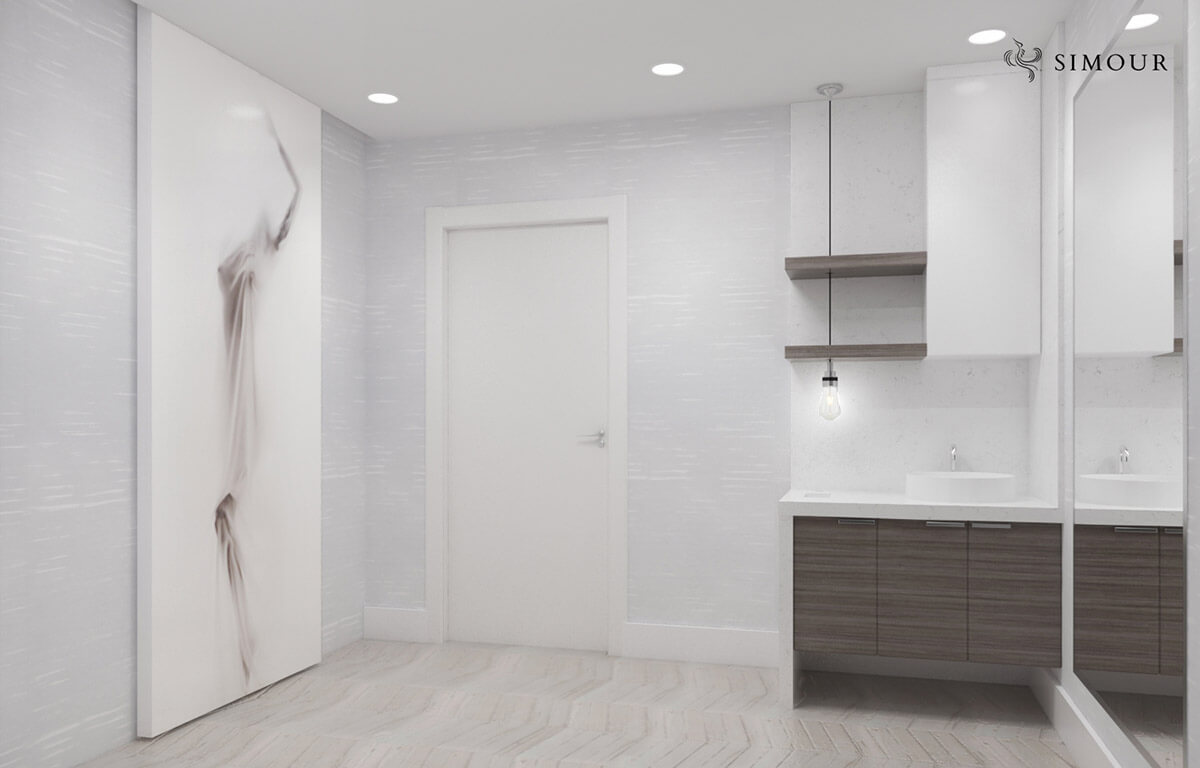“Productivity is being able to do things that you were never able to do before.” – Franz Kafka
When we hear the word “ergonomic” the image that most likely comes up to your minds is one of those sleek “ergonomically-designed” office chairs – the ones that swivel around with a backrest that cradles the body as it reclines. Ergonomics is about the flow of functionality between machines and humans. It’s like a dance that bridges technical excellence with the human passion to create.
Just like that chair, much of the objects around us are products of mass production and ergonomics plays a key role in ensuring that these things including its detailing, material, and our interaction with them are made to be beautiful, functional, efficient, and safe.
What is Ergonomics?
Ergonomics comes from the Greek words “ergon” meaning work and “nomos” for laws can be described as the “science of work” and is sometimes referred to as human factors. It is often used in the design and engineering of objects but the International Ergonomic Association provides a more comprehensive definition about its scope:
“Ergonomics (or human factors) is the scientific discipline concerned with the understanding of interactions among humans and other elements of a system, and the profession that applies theory principles, data and methods to design to optimize human well-being and overall system performance.”
Ergonomics as a science is proved valuable to countless other fields like Architecture, Interior Design, Engineering, Industrial Design, Transportation, Engineering, Psychology and even Biomechanics. Today we tackle its impact to the Medical environment and how it works toward a positive patient experience and high-performing Medical space.
Ergonomics for Safety
The concepts of ergonomics applied in the medical setting especially patient care have very serious and lasting impacts. Neglecting ergonomics and the implementation of strategies to make the objects and the systems for its use can have the potential to cause more harm than healing.
In designing furniture and even choosing accessories for your medical interiors, everybody from the able bodied staff and the patients that may have varied impairments must always be considered. For example, lever-type door handles that provide sufficient hold and limited wrist action to operate is extremely helpful to arthritic patients. Those same lever-type lavatory faucets have the same advantage. Intuitive specifications like these that think of the least able widens the range that your Medical space can accommodate.
Going beyond the objects, Ergonomics can also be of help being integrated in a system-wide approach to improve the design and implementation of Health Information Technology (HIT), and to identify contributing factors to patient falls. It takes into consideration the well-being of its operators / staff to ensure that they are supported by the right systems or equipment in delivering the needed patient care.
Ergonomics for Productivity
Working in a healthcare setting specially handling these patients have caused a significant incidence of musculoskeletal disorders among the healthcare workers. Patient care ergonomics seeks to address this as a way to safeguard the health of both patients and their handlers with the use of patient lifts, transfer devices, adjustable IV stands, etc. that can reduce strain from awkward postures and overextended positions for the worker and mitigate possibilities of patient mishandling.
Lifting guidelines set by the United States Department of Labor – Occupational Safety & Health Administration (OSHA) listed below are particularly important for healthcare workers in a nursing home environment.
- Always transfer patients/residents when in a balanced state.
- Lift loads close to the body.
- Always lift with a partner, particularly fallen patients/residents, use team lifts or use mechanical assistance.
- Limit the number of allowed lifts per worker per day.
- Avoid heavy lifting especially with spine rotated.
- Training in when and how to use mechanical assistance.
Technology being ever more present in the healthcare setting also gives rise to computer workstations which also presents possibilities for the risk factors that ergonomics is trying to address. Adjustable mounts for monitors , adjustable seating, ergonomically spaced devices like a mouse or keyboards can have significant impacts to counter the risks of awkward postures for prolonged periods of time.
Ergonomics has a far-reaching impact on creating a Medical space that truly heals and it begins by designing with intentionality. Building a high-performing space begins with people, people who do the work and people you serve and take care for. Only by making the space work for their needs can you ensure that you have a happy workforce that can deliver the desired patient outcomes. We wish you great success in building that safe, productive, high-performing, and intentional Medical space.
SOURCES:
https://iea.cc/what-is-ergonomics/
https://ehs.unc.edu/workplace-safety/ergonomics/hospital-ergonomics/




